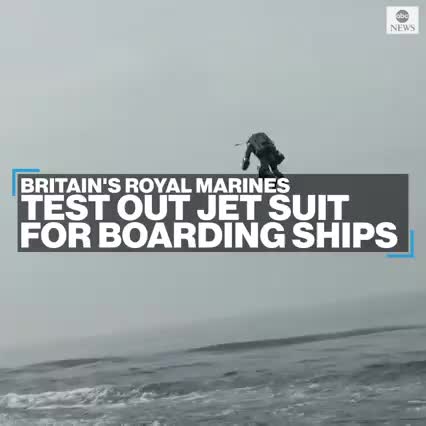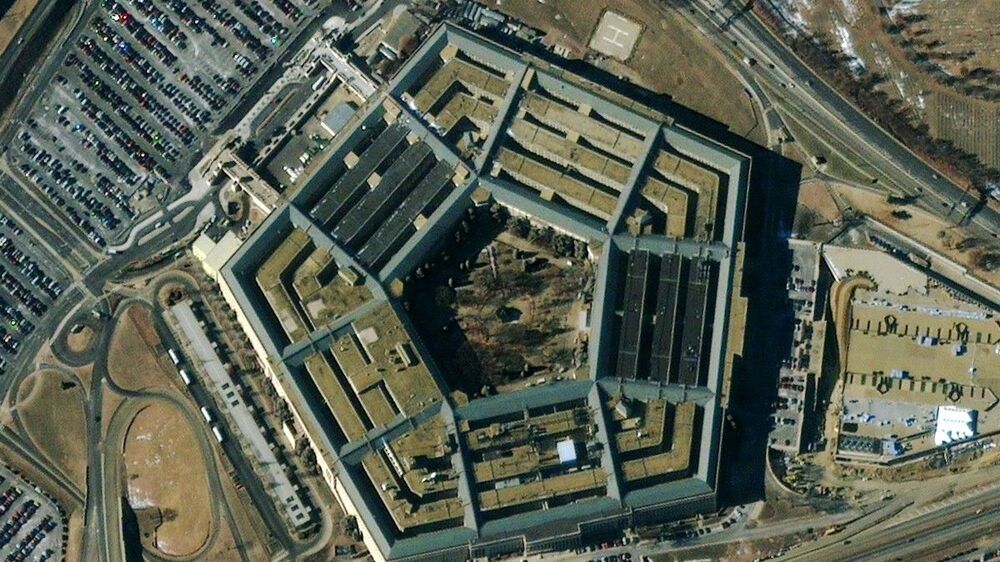Engineering A Safer World For Humans With Self Driving Cars, Drones, and Robots — Dr. Missy Cummings PhD, Professor, Duke University, Director, Humans and Autonomy Laboratory, Duke Engineering.
Dr. Mary “Missy” Cummings, is a Professor in the Department of Electrical and Computer Engineering, at the Pratt School of Engineering, at Duke University, the Duke Institute of Brain Sciences, and is the Director of the Humans and Autonomy Laboratory and Duke Robotics.
Dr. Cummings received her B.S. in Mathematics from the US Naval Academy in 1988, her M.S. in Space Systems Engineering from the Naval Postgraduate School in 1994, and her Ph.D. in Systems Engineering from the University of Virginia in 2004.
Dr… Cummings was one of the Navy’s first female fighter pilots earning the rank of lieutenant and serving as naval officer and military pilot from 1988–1999.
Dr. Cummings research interests include human-unmanned vehicle interaction, human-autonomous system collaboration, human-systems engineering, public policy implications of unmanned vehicles, and the ethical and social impact of technology.







